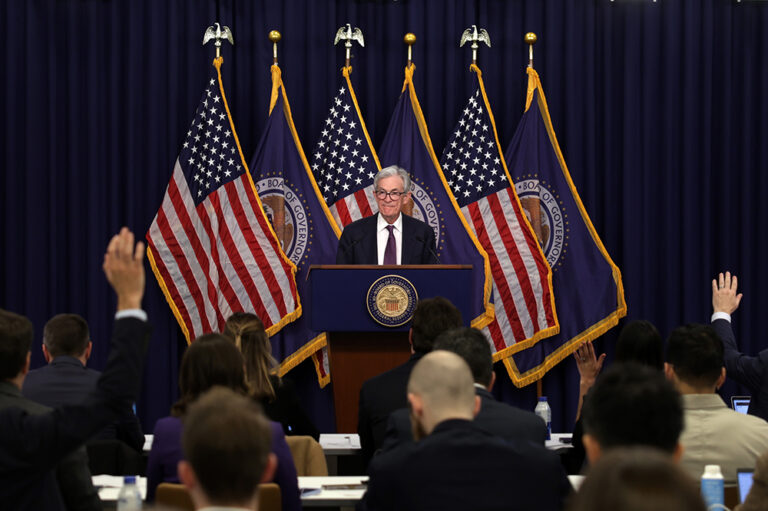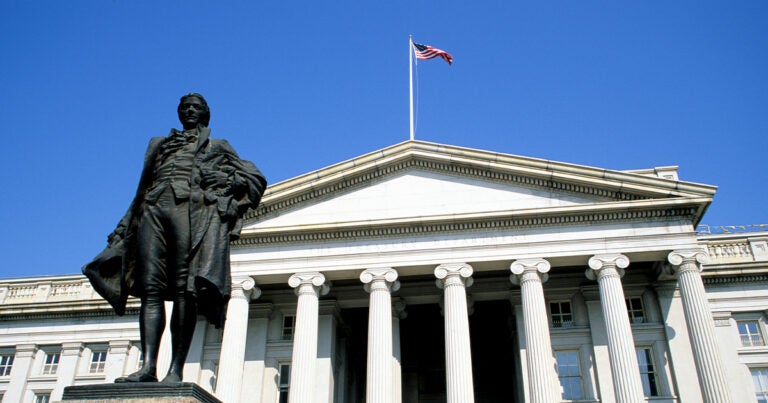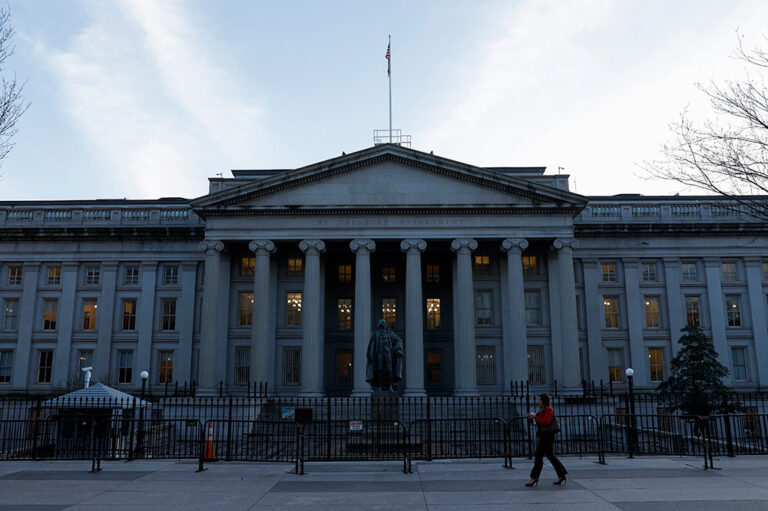The deficit is projected to reach $1 trillion this year, according to the Office of Management and Budget (OMB), which released its annual mid-session review on Friday. If that projection turns out to be correct, it would represent a nearly 30 percent increase relative to last year’s deficit. And even using optimistic economic assumptions, the administration anticipates that if current law remains the same, the deficit will remain around $1 trillion annually over the 10-year projection period.
America’s rising deficits reflect not only a structural imbalance between spending and revenues, but are also a result of fiscally irresponsible policy changes, including the deficit-financed tax cuts passed in 2017. The large and growing debt is important because it threatens to harm our economy and slow the growth of productivity and wages. Moreover, rising amounts of debt could crowd out critical investments, reduce policymakers’ flexibility to respond to unforeseen events, and raise the risk of a fiscal crisis.
Despite the projection of trillion-dollar annual deficits, it’s not too late to adjust course and put America on a sustainable fiscal path. The Solutions Initiative, in which seven think tanks from across the political spectrum each put forward comprehensive budget plans, underlines the variety of options available to significantly reduce our national debt.
Image credit: Photo by Getty Images
Further Reading
The Fed Reduced the Short-Term Rate Again, but Interest Costs Remain High
High interest rates on U.S. Treasury securities increase the federal government’s borrowing costs.
What Types of Securities Does the Treasury Issue?
Let’s take a closer look at a few key characteristics of Treasury borrowing that can affect its budgetary cost.
Quarterly Treasury Refunding Statement: Borrowing Up Year Over Year
Key highlights from the most recent Quarterly Refunding include an increase in anticipated borrowing of $158 billion compared to the same period in the previous year.


